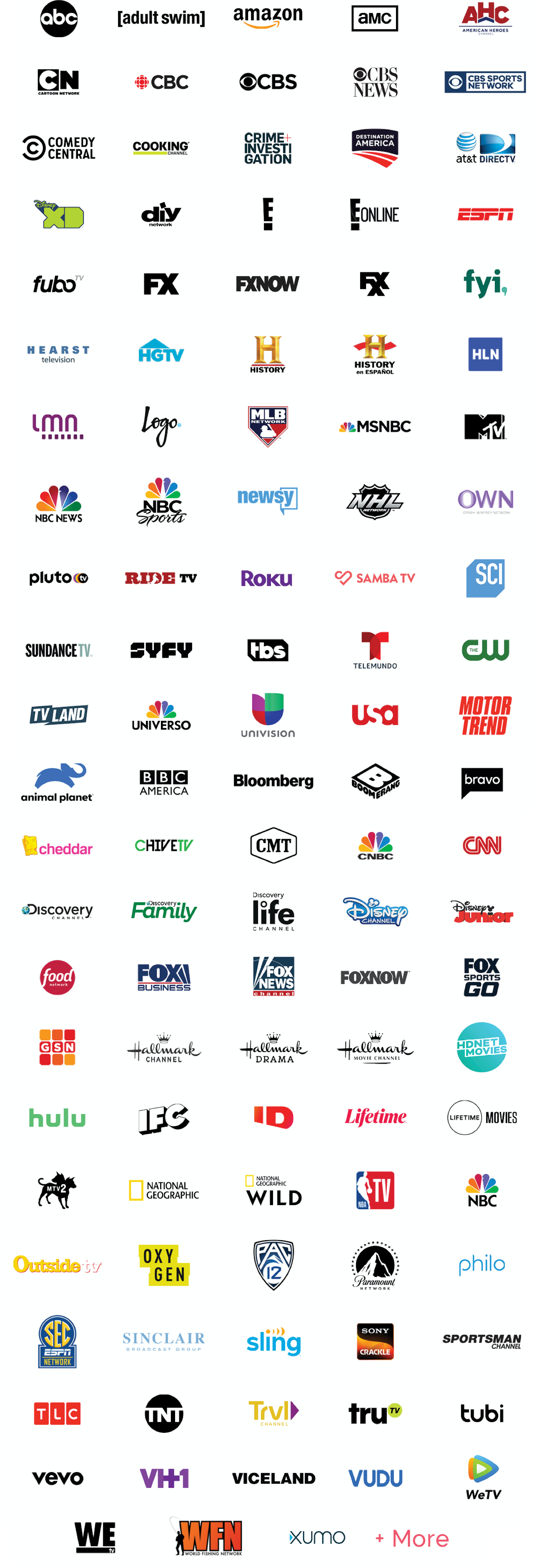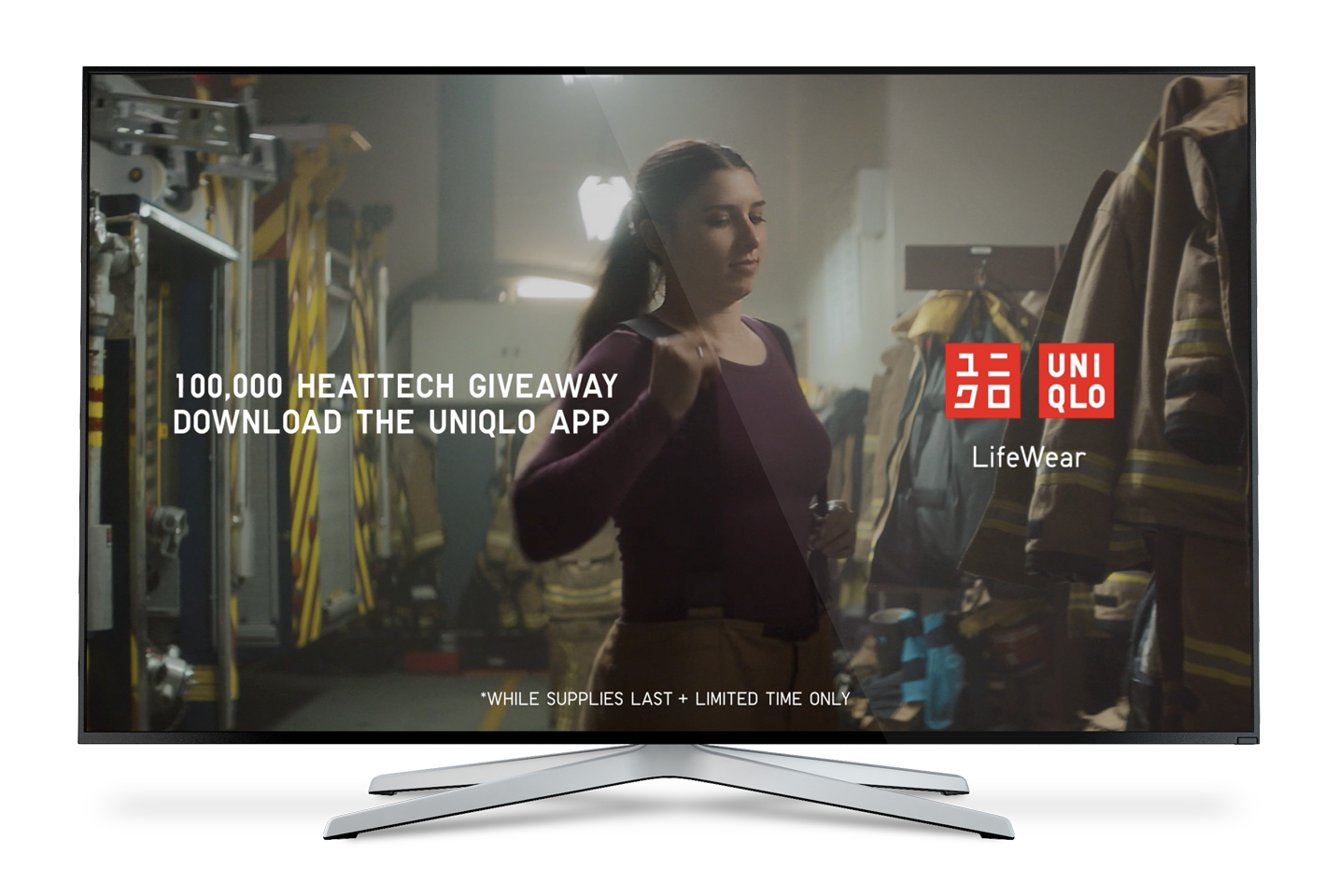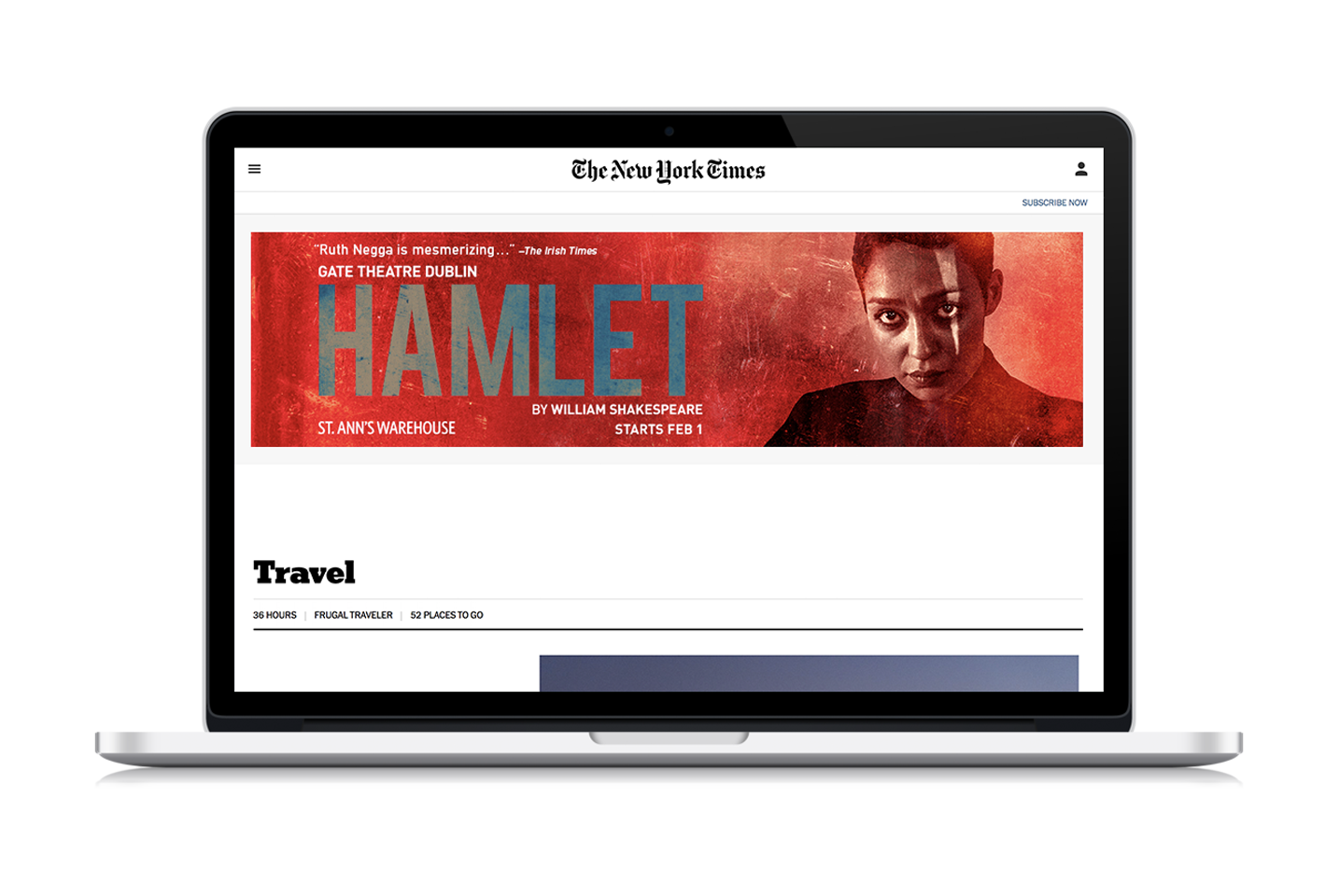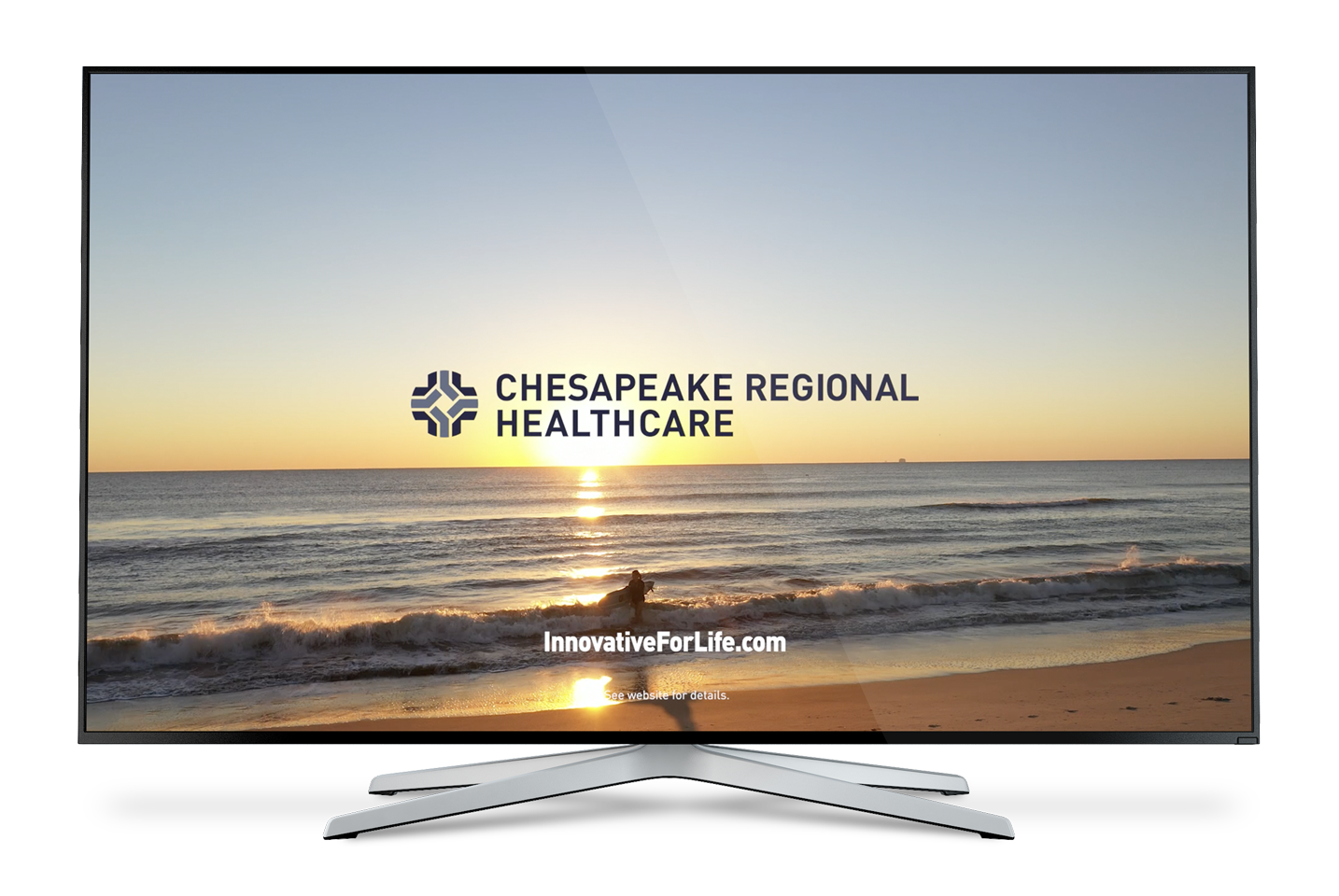Solutions
Connected Television (CTV)
As of 2021, more Americans can be reached through connected TV than through traditional linear TV. That’s over 84 million US households that can be reached through Smart TVs connected to the internet instead of cable!
This underreported shift in the world of advertising gives brands that adapt to the new landscape a unique opportunity to steal a march on competitors who are still running outdated media plans that focus on analogue TV spots.


What is Connected Television?
In its simplest form, a connected television is any large TV screen that connects to the internet either through its own built-in technology or through a device like Apple TV, Amazon Fire, Google Chrome, or Roku. With CTV, consumers access TV programming through apps like Hulu, YouTube, NBC Live Sports, CBS, Amazon Prime, Major League Baseball, Bravo, The Food Network, and hundreds more.
Due to the user logins, app data and internet history including data connected to laptops and mobile phones used within a CTV Household, advertisers have far more information about the audiences consuming content on them, allowing for much more sophisticated targeting strategies.

CTV Devices


CTV Networks


Why Include Connected Television in your Media Plan?
Targeting
With traditional TV, media buys can only be contextually targeted, resulting in significant waste as irrelevant ads are served to viewers. With programmatic CTV buying, we can make decisions based on extensive data sets, and then purchases ad space in real-time using a combination of human strategy and computer software.
Global Frequency Capping
With CTV, advertisers can utilize cross-device global frequency capping—meaning we can set the number of times an ad is seen by a particular person or household across all digital channels. This helps reduce ad fatigue and increases reach by allowing the saved budget to be spent on new audiences rather than oversaturated audiences.
Scalability
Like all programmatic technologies, we purchase ads by impression, rather than in bulk. This means that unlike traditional TV buys we don’t have to commit to a single television network well in advance or incur a large upfront cost. This allows advertisers to fit TV buys more seamlessly into their overall advertising plans and allows brands that would normally find TV cost-prohibitive to finally be on the ‘silver screen’.
Credibility
While viewers may have shifted from analogue to digital, one thing that hasn’t changed is the gravitas that TV ads command. By placing spots on established networks, advertisers can enjoy the association and credibility of the channels and shows they are appearing between.
Connected TV Targeting Options
Dynamic Retargeting
Deliver customized commercials in front of past website traffic and cart abandoners tailored to their browsing history.
CRM Targeting
Leverage your in-house first-party CRM data to deliver targeted messaging to your brand’s past customers.
App Ownership Personas
Pre-qualify users as part of a target audience based on the combination of apps they own.
Mobile Footprinting
Retrieve and leverage mobile location data to deliver localised CTV ads based on historical or real-time location.
In-Market and Point-of-Interest (POI) Data
Target audiences that have been identified as currently in-market for your brand’s offering including seed level POI data that groups together consumers that have recently been shopping at competitor brands.







